
Recomienda este artículo a tus amigos:
Military and Security Developments Involving the Democratic People's Republic of Korea
Department of Defense
Military and Security Developments Involving the Democratic People's Republic of Korea
Department of Defense
North Korea's primary strategic goal is perpetual Kim family rule via the simultaneous development of its economy and nuclear weapons program - a two-pronged policy known as byungjin. Pyongyang portrays nuclear weapons as its most effective way to deter the threat from the United States. However, regime propaganda began emphasizing "final victory" over the United States and Republic of Korea (ROK) in 2017, suggesting Kim Jong Un has larger ambitions, including use of nuclear weapons to deter interference if it attempts to reunify the Korean Peninsula. Internally, the regime seeks to maintain control over a populace that is decreasingly reliant on it, and Kim Jong Un has embraced coercive measures such as purges and public executions to quell dissent. Regionally, the North has been willing to accept a decline in relations, including with its main benefactor China, to further its nuclear program. North Korea conducted more than 20 missile launches in 2016 alone with a similar number in 2017. 2017 also saw North Korea's first intercontinental ballistic missile (ICBM) flight tests in July and intermediate-range missile (IRBM) tests over Japan in August and September. In addition to ICBMs, North Korea is developing and testing longer-range solid-propellant missile systems, submarine-launched ballistic missiles (SLBM), and short-range ballistic missiles (SRBM) as countermeasures against U. S. and allied missile defenses. North Korea conducted its sixth and largest nuclear test in September 2017 after two in 2016, and continues to invest in its nuclear infrastructure. North Korea's conventional force continues to emphasize large defensive and asymmetric attack capabilities to counter the technologically superior forces of the U. S. and ROK Alliance. The (North) Korean People's Army's (KPA) large artillery force is deployed along the demilitarized zone (DMZ), posing a constant threat to the Greater Seoul Metropolitan Area (GSMA). In 2016, the North publicized tests of a new close-range ballistic missile (CRBM), the KN-SS-X-9, which, if deployed, could extend North Korea's artillery reach to U. S. Garrison Humphreys (current location of U. S. 8th Army HQ and future location of U. S. Forces Korea and the United Nations Command) and beyond. North Korea uses offensive cyber operations as a cost-effective and deniable asymmetric tool to carry out regime goals on a global scale. North Korea continues to market, sell, and deliver weapons-related goods and services to a small set of countries in Africa, Southeast Asia, and the Middle East, providing a vital source of foreign currency. Global concern about North Korea's proliferation activities has led some countries to halt new purchases from North Korea and has led other nations to take action to prevent arms-related deliveries.
| Medios de comunicación | Libros Paperback Book (Libro con tapa blanda y lomo encolado) |
| Publicado | 18 de marzo de 2019 |
| ISBN13 | 9781090860910 |
| Editores | Independently Published |
| Páginas | 28 |
| Dimensiones | 216 × 279 × 2 mm · 117 g |
| Lengua | English |
Mas por Department of Defense
Otros también han comprado
Ver todo de Department of Defense ( Ej. Paperback Book , Hardcover Book y Book )

 Los regalos de Navidad se podrán canjear hasta el 31 de enero
Los regalos de Navidad se podrán canjear hasta el 31 de enero













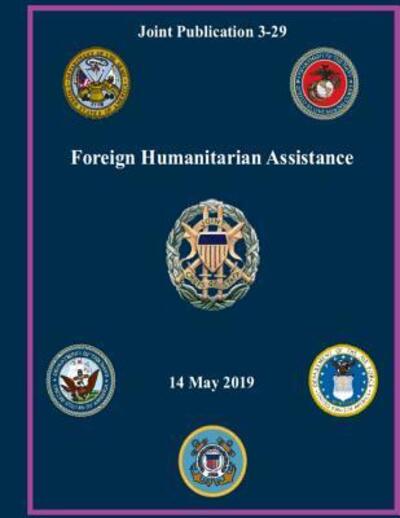
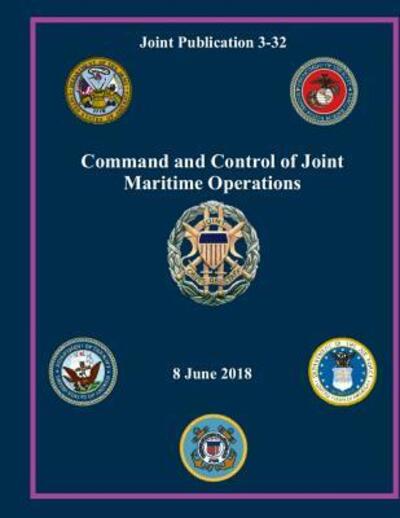


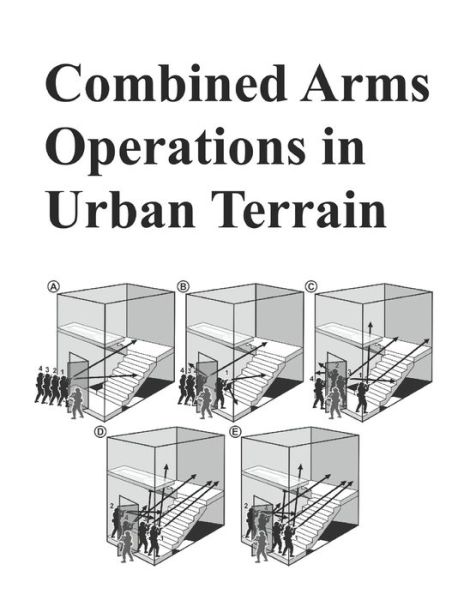


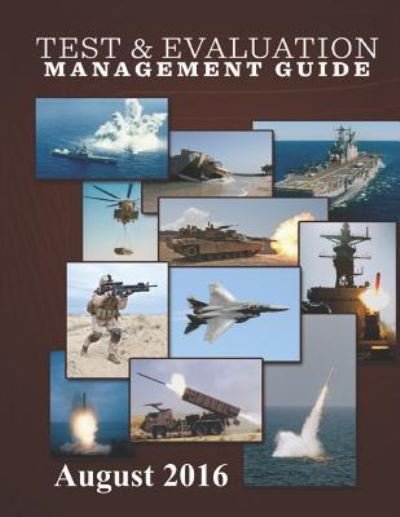
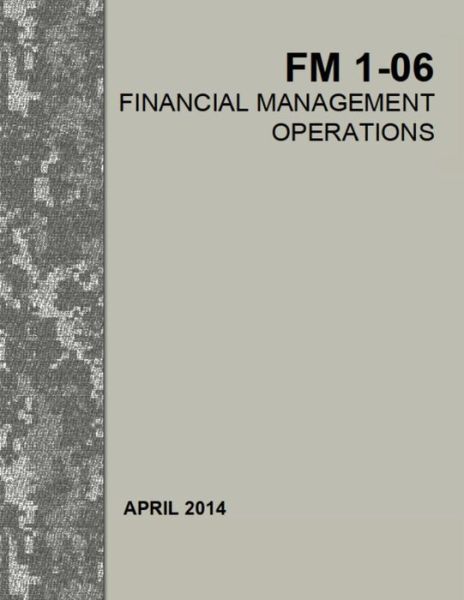
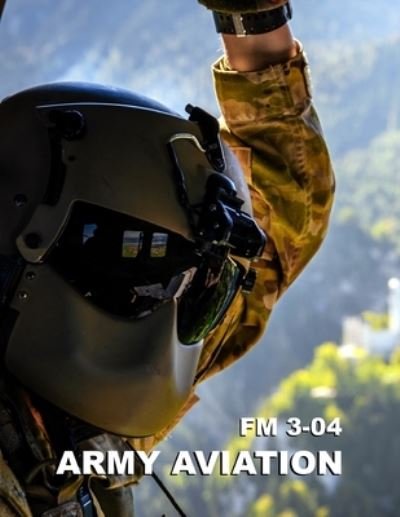
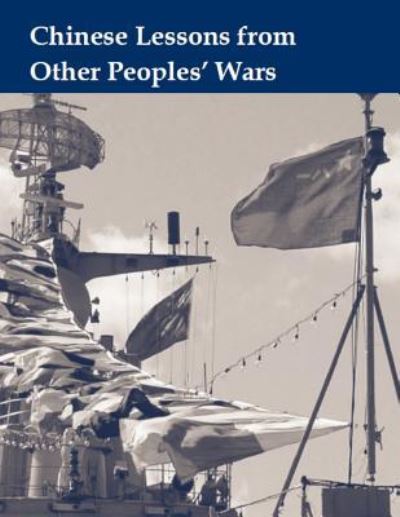



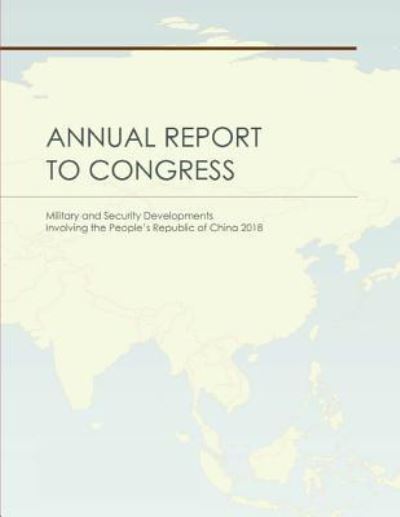









![Cover for Cummins, Antony, MA · The Book of Ninja: The Bansenshukai - Japan's Premier Ninja Manual (Hardcover Book) [New edition] (2013)](https://imusic.b-cdn.net/images/item/original/934/9781780284934.jpg?cummins-antony-ma-2013-the-book-of-ninja-the-bansenshukai-japan-s-premier-ninja-manual-hardcover-book&class=scaled&v=1399750460)














![Cover for Bruce Lee · Tao of Jeet Kune Do: New Expanded Edition (Paperback Book) [Expanded edition] (2011)](https://imusic.b-cdn.net/images/item/original/023/9780897502023.jpg?bruce-lee-2011-tao-of-jeet-kune-do-new-expanded-edition-paperback-book&class=scaled&v=1408407146)
